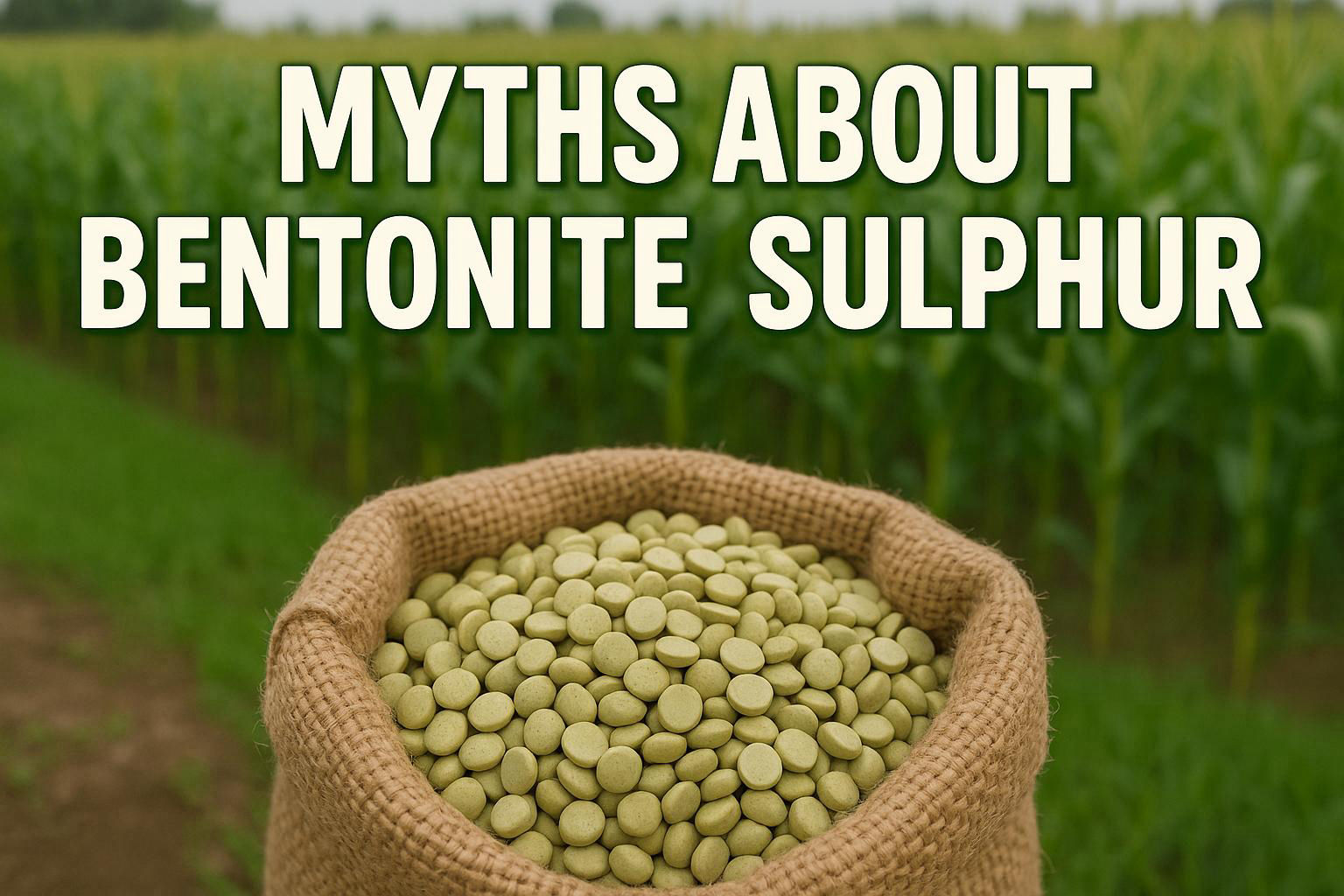Myths About Bentonite Sulphur
Bentonite sulphur is widely used in agriculture as a source of elemental sulfur, but there are several myths and misunderstandings about its nature and performance. Here’s a clear and practical look at the most common myths—and the truth behind them.
Myth 1: It provides instant sulfur to plants
Fact: Bentonite sulphur does not release sulfur immediately. It requires microbial oxidation in the soil to convert into sulfate, the form plants can absorb. This makes it a slow-release source of sulfur.
Myth 2: It works the same as gypsum or ammonium sulphate
Fact: Unlike gypsum or ammonium sulphate, which provide immediately available sulfate, bentonite sulphur releases sulfur gradually over time. It's ideal for long-term nutrient supply but not for quick fixes.
Myth 3: It can be used anytime during the crop cycle
Fact: Timing is critical. Bentonite sulphur should be applied before sowing or in early growth stages. This allows time for microbial oxidation to take place and make sulfur available during the crop's peak nutrient demand.
Myth 4: It works even in dry soils
Fact: Moisture is essential for bentonite sulphur to swell, disperse, and begin the oxidation process. In dry soils, it remains inactive and ineffective.
Myth 5: It corrects deficiency symptoms quickly
Fact: If your crop shows sulfur deficiency, use sulfate-based fertilizers for immediate correction. Bentonite sulphur is best suited for long-term sulfur management, not emergency fixes.
Myth 6: All elemental sulfur products are the same
Fact: Quality matters. The effectiveness of bentonite sulphur depends on the fineness of particles and how well it disperses in the soil. Inferior products may not oxidize efficiently, leading to poor results.
